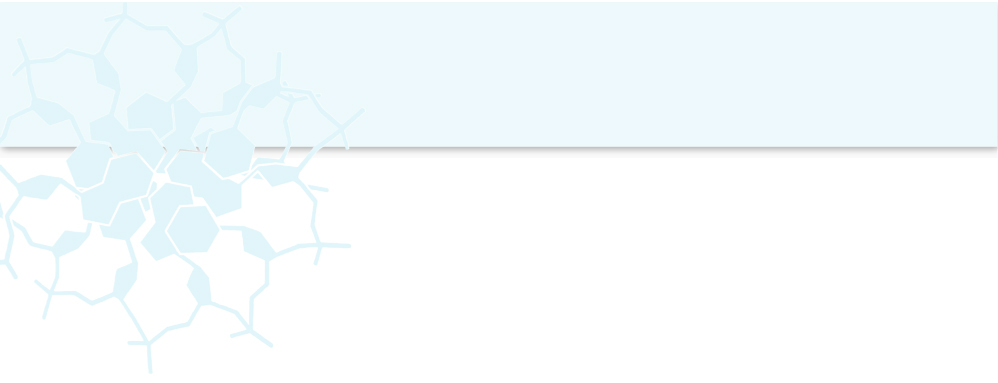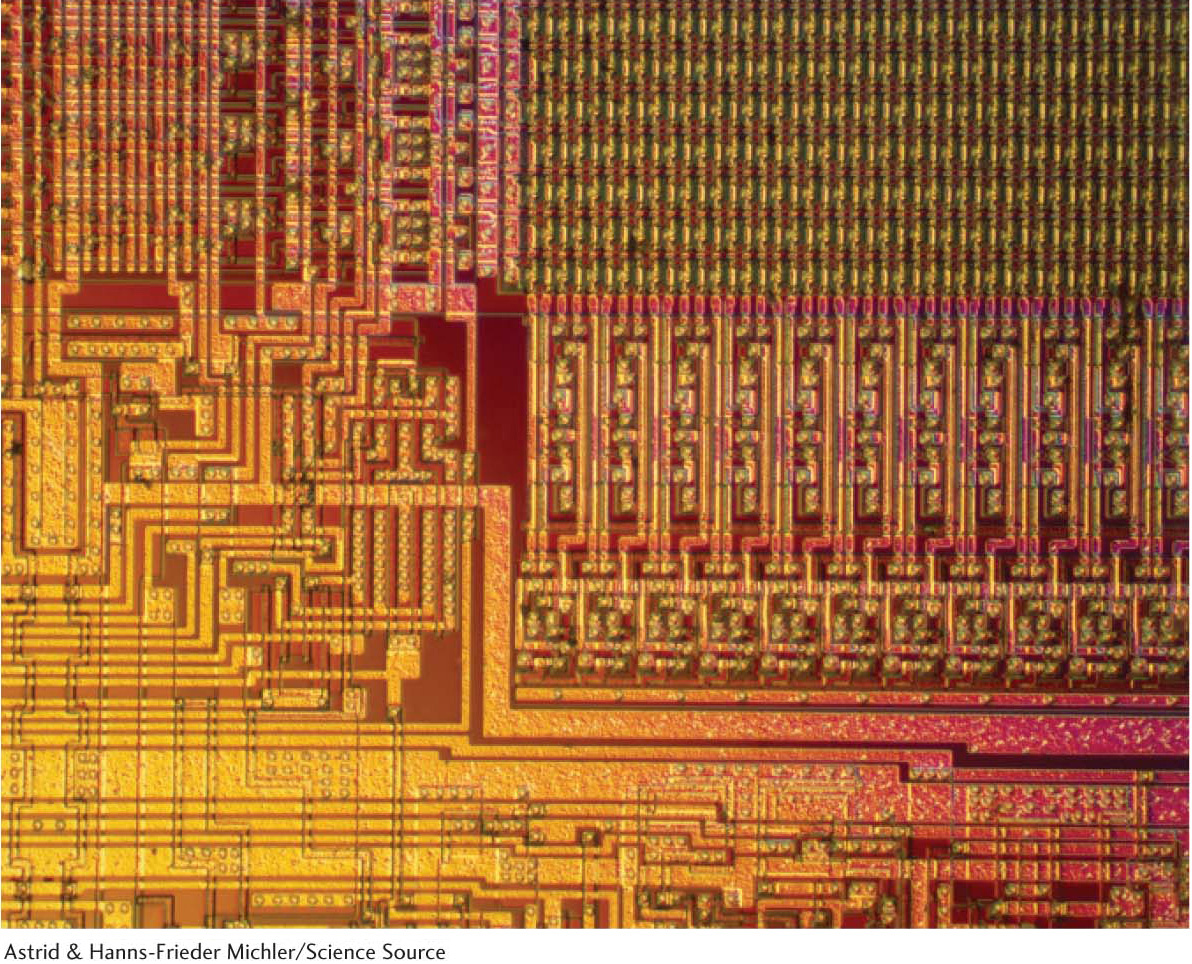
Cell Membranes, Channels, Pumps, and Receptors



The boundaries of cells are formed by membranes, the barriers that define the inside and the outside of a cell. These barriers are intrinsically impermeable, preventing molecules generated inside the cell from leaking out and unwanted molecules from diffusing in; yet they also contain transport systems that allow the cell to take up specific molecules and remove unwanted ones. Such transport systems provide membranes with the important property of selective permeability.
Selective permeability is conferred by two classes of membrane proteins: pumps and channels. Pumps use a source of free energy to drive the thermodynamically uphill transport of ions or molecules. Pump action is an example of active transport. Channels, in contrast, enable molecules, often ions, to flow rapidly through membranes in a thermodynamically downhill direction. Channel action illustrates passive transport, or facilitated diffusion.
The cell membrane is also impermeable to most information molecules, such as hormones, growth factors, and molecules in food or aromas that communicate taste or smell. Again, proteins serve to allow information to enter the cell from the environment. Membrane proteins called receptors sense information in the environment and transmit or transduce the information across the membrane to the cell interior.
First we will examine the basic structure of membranes and the proteins that are responsible for the property of selective permeability. Then, we will examine a special circumstance of transport across membranes—
✓ By the end of this section, you should be able to:
✓ 1 Identify the energetic force that powers the formation of membranes.
✓ 2 Explain why membranes are impermeable to most substances.
✓ 3 Describe the roles of proteins in making membranes selectively permeable.
✓ 4 Identify the basic components of all signal-
transduction pathways .✓ 5 Differentiate the various types of membrane receptors.